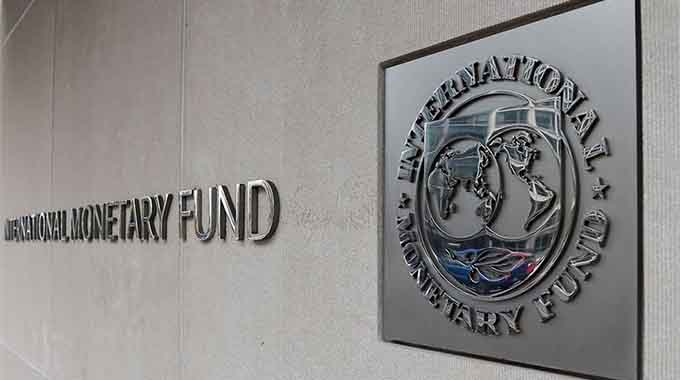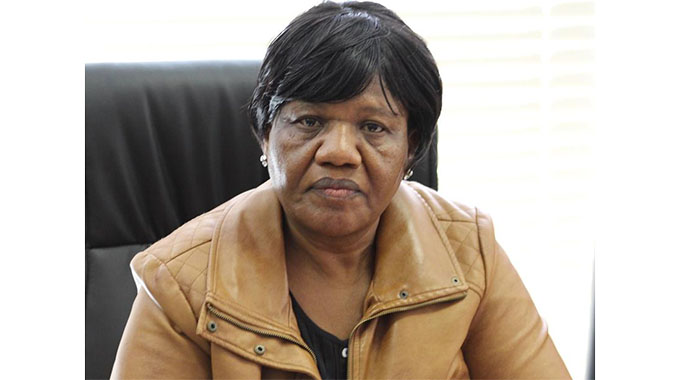EDITORIAL COMMENT: New suburbs must fit into Vision 2030

As Zimbabwe takes building homes seriously, with the target of 225 000 new houses and flats by 2025 likely to be exceeded since 180 000 have already been built, the private sector is making an ever more important and major contribution, showing that building homes for all is good business as well as natural justice.
The latest private scheme, the Fontaine Ridge Estate in the capital, being built by FBC, is especially important as it is a major move into ordinary housing.
This large 858-unit estate follows a number of developments by the same bank for cluster housing designed for the better-off, and which have been instrumental in increasing densities in eastern Harare as a single large stand is redeveloped with high-density luxury housing.
We do of course need the full variety of housing and housing styles for all segments of our population, and there is nothing wrong with private developers being involved in luxury housing, although FBC have shown the way that involvement does not have to be limited to particular market segments, but can be inclusive.
President Mnangagwa, when he was launching this new development this week, was particularly stressing quality.
This is important. Zimbabwe is developing fast and houses last a long time. We already have a growing stock of houses more than 100-years-old and we will be getting a lot more quite quickly as the buildings booms of the 1920s feed in more older homes, and this will be soon followed by that vast number of houses built in the 1940s.
At the same time we have some rather third rate housing built between the world wars in the African townships, plus some similar housing built throughout later colonial times in many high density suburbs.
Some can be upgraded, and many have already been extended and improved by their owners, but there are still areas and housing that possibly will have to be replaced as standards continue rising.
Thus it is critical that the 220 000 houses and flats we are presently building will still look good in 100 years time, and that designs do allow quality functional housing to be upgraded to the standards of the mid-22nd century because we build them right now.
We need to remember that Vision 2030 is not a slogan or a pipedream. It is a practical policy to bring Zimbabwe into the ranks of the upper middle-income countries by 2030, and even with inequalities in family incomes and the like, that still means that a lot more Zimbabweans are still going to be moving up the income scales and need housing now that at least starts to reflect their growing needs and desires.
The other aspects that the President was keen on, was to have these new suburbs and new housing estates are designed to look high quality as quickly as possible.
Again we are not building so much for 2023, but for future decades when the homeowners are respectable upper middle-income families.
Some of this should already be in place. Respectable developers will at least have good town planning, have put in all the services, have a road network that is made up of roads, not tracks, and proper storm water drainage.
We can even have the land set aside for future recreation and public open space at least fenced off so as incomes rise residents can create the needed parks and sports fields their children need.
But there are other things that can be done as people move in. Everyone admires the tree-lined streets of Harare’s Avenues, which used to stretch much further south before short-sighted city councils chopped trees down to create parking spaces.
Those tree-lined avenues were the creation of a remarkable and somewhat fanatical municipal parks superintendent who, when there was a serious depression at the end of the Boer War, was in the offices of the mayor and the BSA Company administrator talking fast and with a working plan.
For the price of a few spades, and a bit of money for food for work, the two could have a decent looking city. He said he had seedlings and saplings already growing in bags and all he needed now was a labour force to dig the holes and plant them.
In the absence of other suggestions they went ahead and we still live with the result. Considering the rather basic architecture of some of those old houses, and the untarred roads, the trees starting converting a rough-looking town into a future city.
Something similar could be done now to start the process up moving a building site towards an established suburb.
The Forestry Commission can advise on suitable indigenous trees for the modern need for high density housing, trees that will look good and provide shade over the next century, but without wrecking roofs, and often can even sell at low cost the seedlings.
The homeowners could easily plant one or two of the recommended trees outside their house along the road, and find the few minutes each week to hurl a bucket of water over them to keep them growing until they can look after themselves.
There are many other ways developers and homeowners can at little cost make their new suburb look really good rather quickly as they clear away the rubble and building mess that you always get on a construction site and start the conversion to a “garden suburb”.
Often all that is needed is good advice and someone ready to lead the vision.
This way the new housing now being built in such large numbers cannot just house families, but can also create the sort of urban environment that a modern top-class city requires and needs.











Comments